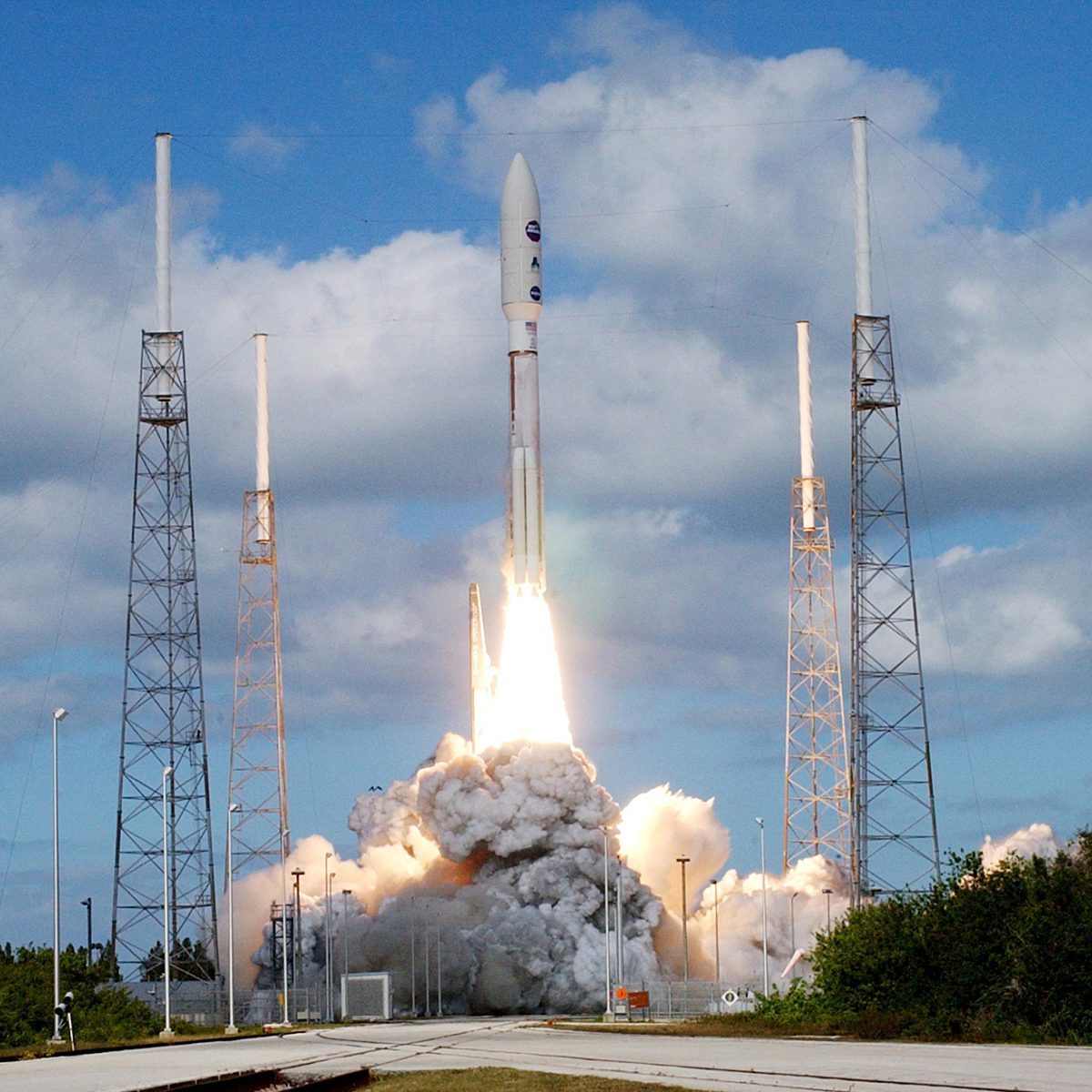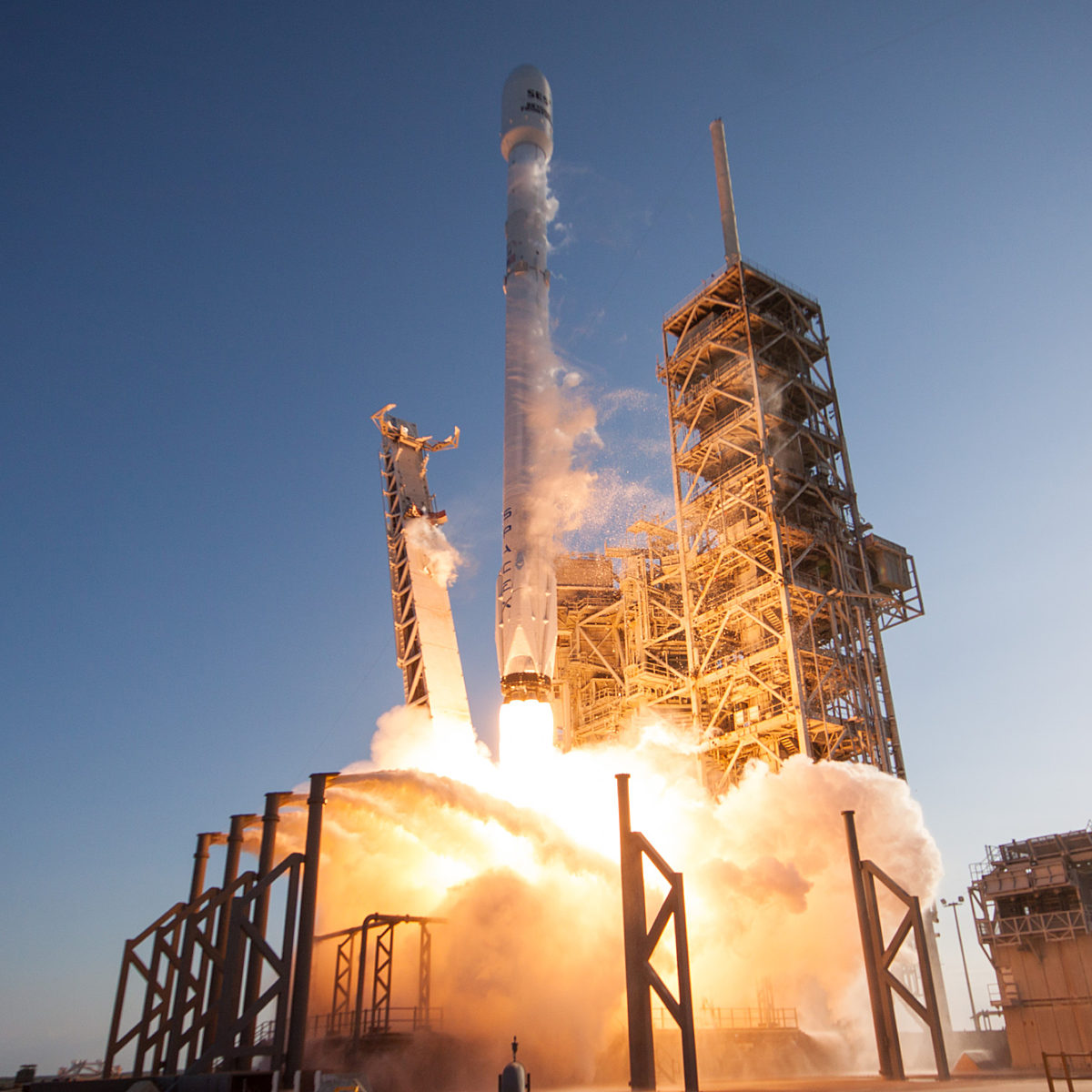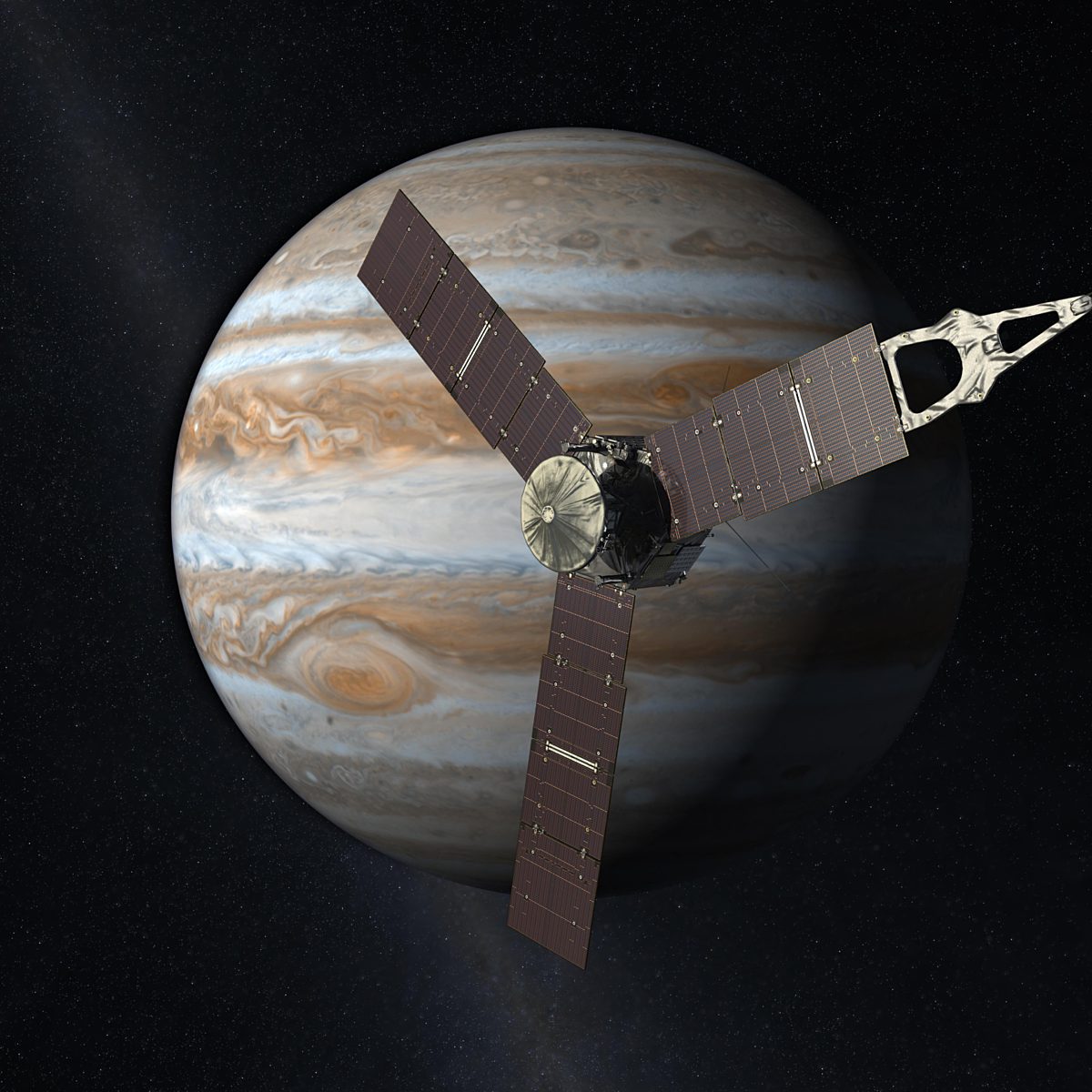All
All
Stories, updates, insights, and original analysis from The Planetary Society.
Mastcam-Z team blog: Preparing for five-hour operations
It takes hundreds of scientists and engineers many years to design and build just one instrument for a Mars mission. In the first Mastcam-Z team blog post, we'll talk about the special challenges we expect for Mars 2020 operations, and how we're planning to overcome them.
Curiosity's balky drill: The problem and solutions
Since December 1, 2016, Curiosity has been unable to drill into rocks because of a serious problem with one of the drill's motors. Emily Lakdawalla thoroughly explains the issues and the path forward for Curiosity.
Radar in Earth and Planetary Science, Part 2
Heather Hunter brings us the next installment in her series on radio detection and ranging.
Learn the rocket equation, part 2
In the second and final chapter of our series, we’ll explore what the rocket equation has to say about travel through the solar system, using the example of launching a rocket to Pluto.
Learn the rocket equation, part 1
Have you ever wanted to learn the fundamental physics behind one of the most basic concepts of rocket science? In part one of our two-part series, we explore the foundations of the famous rocket equation.
Radar in Earth and Planetary Science: An Intro
Heather Hunter explains how radar works and what it's used for on Earth and beyond.
Promise, Transition, and Transformation
After 10 days, four NASA centers, two contractors, and hundreds of miles, Casey Dreier shares his initial reflections on the state of NASA's Space Launch System rocket and its future.
Juno’s other ‘cameras’
Juno’s science goals are to understand the origin and interior of Jupiter, focusing specifically on its atmosphere and magnetic field. Cameras can help answer some of these questions.
Future High-Resolution Imaging of Mars: Super-Res to the Rescue?
HiRISE Principal Investigator Alfred McEwen explains an imaging technique known as Super-Resolution Restoration (SRR), and how it could come in handy for high-resolution imaging of the Red Planet.
UPDATED: ESA activates a new old space camera
Inspired by the Mars Webcam on Mars Express, ESA's Cluster mission has turned on a camera on the Cluster spacecraft for the first time since their launch more than 15 years ago. UPDATE: It has now acquired images of Earth.
How REXIS Made It on OSIRIS-REx
The OSIRIS-REx instrument team has successfully installed the Regolith X-ray Imaging Spectrometer (REXIS) on the spacecraft. However, there is more to the story of how REXIS made it onto the spacecraft.
OSIRIS-REx Completes Mechanical Environmental Testing
The OSIRIS-REx team successfully and safely completed sine vibration (sine vibe) testing on the spacecraft prior to the Thanksgiving holiday. The sine vibe tests are designed to verify the system performs as expected after being exposed to flight-like low frequency vibration input.
Back from the Brink: Akatsuki Returns to Venus
Perhaps forgotten by the general public in the West, a long-lost spacecraft is set to enter orbit around our sister planet in December, picking up where ESA’s Venus Express left off when its operations ended last year.
Mastcam-Z has passed its Preliminary Design Review!
A panel of outside experts reviewed the design of the Mars 2020 rover's color cameras, and approved the progress of Mastcam-Z. It still exists only as an idea in the cloud, but it's one significant step closer to being sent to Mars.
Mars 2020 and the Adaptive Caching Assembly: An Intern’s Perspective
Jet Propulsion Laboratory summer intern Jake Rosenthal shares his thoughts on the Mars 2020 sample caching technology currently in development.
Spectacular New Horizons photo of Pluto's hazes and mountains: How it was made
Today, New Horizons released a stunning new image of Pluto's backlit mountains and hazes. I explain how the image was taken with its Ralph Multispectral Visible Imaging Camera.
Populating the OSIRIS-REx Science Deck
The assembly of the OSIRIS-REx spacecraft continues, with many elements integrated onto the spacecraft ahead of schedule. Last month both OTES and OVIRS were delivered to Lockheed Martin and installed on the science deck.
The story behind Curiosity's self-portraits on Mars
How and why does Curiosity take self-portraits? A look at some of the people and stories behind Curiosity's
OSIRIS-REx – Testing In Progress
While the OLA, OCAMS, and REXIS instruments on the OSIRIS-REx spacecraft continue working towards their deliveries, other hardware onsite at Lockheed is undergoing testing prior to installation. The hardware is put through tests here on Earth prior to launching into space.
OSIRIS-REx – Seeking Answers to the Sweet Mystery of Life
The nature of the origin of life is a topic that has engaged people since ancient times. The samples to be collected by OSIRIS-REx, returned to the Earth in 2023 and archived for decades beyond that, may indeed hide the secrets to the origin of life.


 Explore Worlds
Explore Worlds Find Life
Find Life Defend Earth
Defend Earth


 Sun
Sun Mercury
Mercury Venus
Venus Earth
Earth Mars
Mars Jupiter
Jupiter Saturn
Saturn Uranus
Uranus Neptune
Neptune Small Bodies
Small Bodies


















